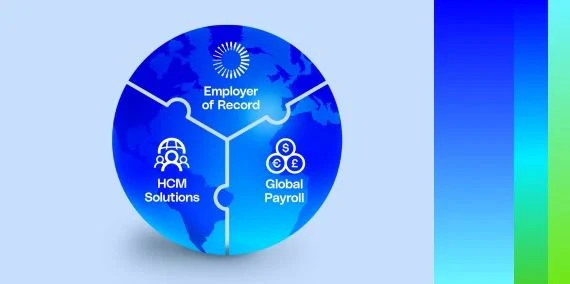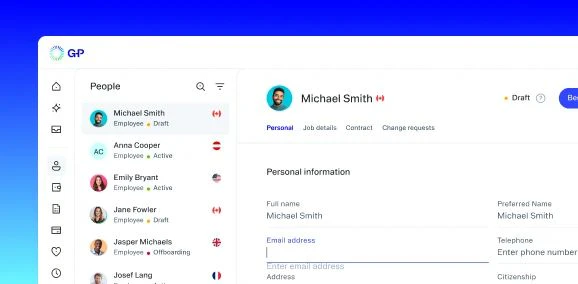If you’ve decided to expand your business to the Philippines, you’ll need to learn and understand the country’s subsidiary laws to stay compliant. The process can take months before you can begin to hire employees.
How to establish a Philippines subsidiary
Before you start the Philippines subsidiary setup process, you need to consider certain factors that could impact where you base your business and what type of entity you choose to incorporate.
First, think about the type of business you operate. Then, consider local practices that could make a difference in how your company operates. Analyze everything from language prevalence to cultural nuances before making a decision on where to incorporate.
Companies have different options for what type of entity to incorporate as, including: subsidiary, branch office, regional headquarters/regional operating headquarters (RHQ/ROHQ), one person corporation (OPC), or global partnership. The setup process will vary depending on what type of structure you choose. To incorporate as a subsidiary in the Philippines, you should follow these steps:
- Verify and reserve your company name with the Securities and Exchange Commission (SEC).
- Deposit your paid-in minimum capital at the bank.
- Notarize your treasurer’s affidavit and articles of incorporation.
- Get a pre-registered Taxpayer Identification Number (TIN) after registering your company with the SEC.
- Obtain a barangay clearance.
- Go to the City Treasurer’s Office (CTO) to get a community tax certificate (CTC) and pay the annual community tax.
- Obtain a business permit to operate from the Business Permits and Licensing Office (BPLO).
- Buy special books of account at a bookstore in the Philippines.
The entire process typically takes weeks or up to several months and involves additional costs. If you choose to set up a subsidiary, you should budget the time and money necessary to complete the process.
Philippines subsidiary laws
Subsidiary laws tend to be complex and vary based on what type of entity you choose. For a subsidiary, the number of non-nationals allowed to be incorporators depends on the restrictions under the FIA, Philippine Constitution, and other relevant laws. Nationality requirements of shareholders depend on the classification of the business entity (partly nationalized, 100% foreign, or reserved for nationals).
If you choose to set up a subsidiary alone instead of opting for a subsidiary alternative like G-P, you may consider hiring a lawyer or consultant who understands the country’s laws.
Benefits of establishing a Philippines subsidiary
The biggest benefit of establishing a Philippines subsidiary is that companies can begin legally hiring within the country. Once the incorporation process is complete, companies can hire employees, start conducting business, and run payroll. However, this process is lengthy and can take even longer if you’re not familiar with the local subsidiary laws.
Other important considerations
You’ll need to budget a significant amount of time and money to fully complete the subsidiary setup process. Try to set aside the time to file paperwork, potentially travel to the Philippines, sign documents, and hire employees.
Enter new markets with G-P — no new entities required.
Beat the competition and enter new markets in minutes, not months, with G-P. We’ve paired our industry-leading team of in-region HR and legal experts with our #1 Global Growth Platform™ to help you hire compliantly in 180+ countries, eliminating the need to set up local entities or subsidiaries.
Get in touch today to learn more about how we can streamline the global growth process.

















